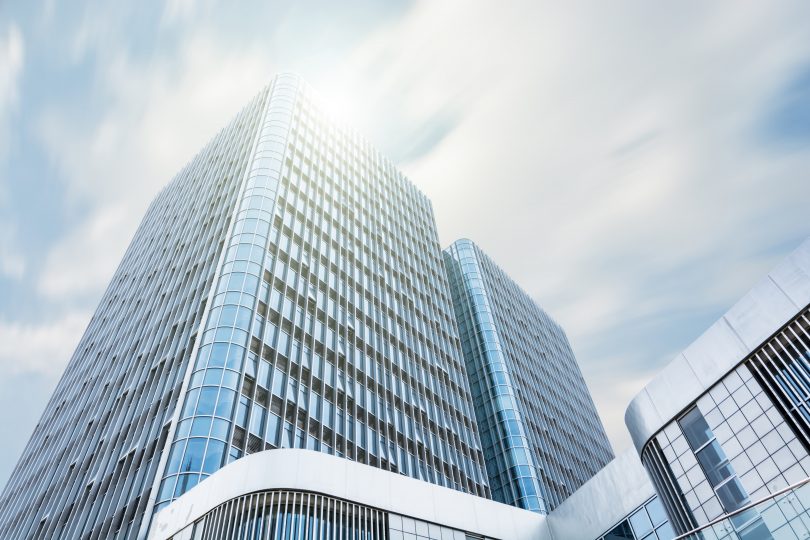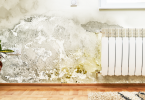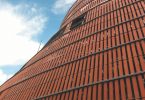Healthy Buildings for All – It is time to put people’s health and well-being at the center of the built environment. For the past one decade, sustainable buildings and ‘green’ living have been a popular trend in the world of real estate. But now healthy buildings and wellness/well-being environments are trending as the latest buzzwords. Yes, the term healthy buildings have become commonplace, and quite often it is interspersed or mixed with terms like ‘Green Buildings’ and ‘Sustainable Buildings’.
The World Green Building Council’s publication Health, Wellbeing, and Productivity concedes that there are strong studies that suggest green design features of buildings lead to healthier, more productive occupants. Building on this, we are going to throw light on the 7 most important pillars of perfectly healthy buildings.
7 Foundations Of Healthy Buildings
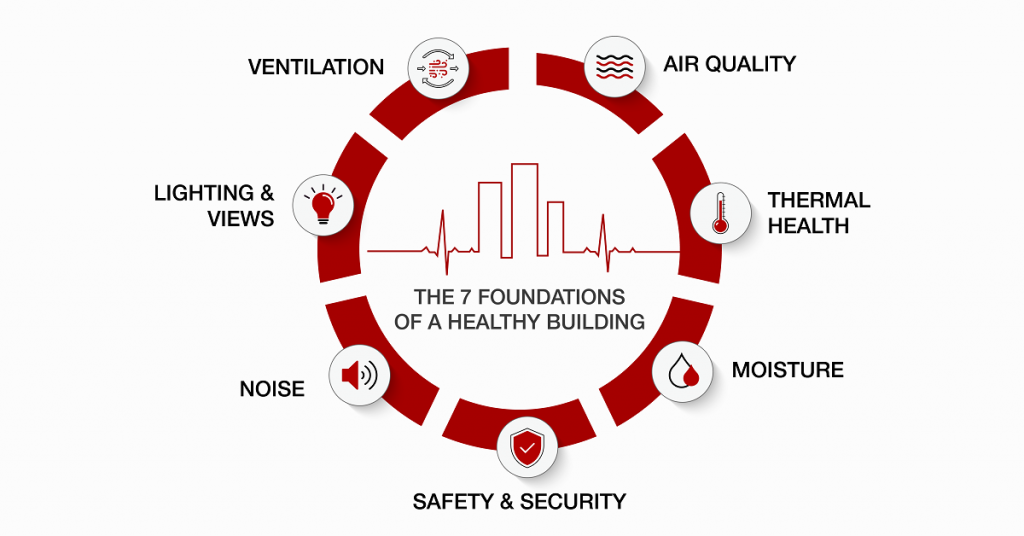
1. Ventilation
Ventilation in buildings is very important to bring in fresh air from the outside and dilute occupant-generated pollutants like carbon dioxide and product-generated pollutants like VOCs i.e., volatile organic compounds. If mechanically ventilated, a structure’s mechanical system is designed to pull in the fresh outdoor air, filter it and deliver it to its occupants.
While constructing or renovating a structure, one should meet or exceed local outdoor air ventilation rate guidelines to control indoor sources of odors, chemicals, and carbon dioxide. Filter outdoor and recirculated air with a minimum removal efficiency of 75% for all particle size fractions including nano. Avoid outdoor air intake at street level or near other outdoor sources of pollutants. Commission systems, conduct regular maintenance, and monitor ventilation in real-time to prevent and resolve ventilation issues promptly.
2. Air Quality
Buildings having poor ventilation rates have very poor air quality and are reported as unpleasant and stuffy. This type of air quality makes the indoor environment very uncomfortable to work in. That is not all, the increased pollutants cause a range of harms. Poorly ventilated structures promote health issues like fatigue, shortness of breath, sinus, cough, eye, nose, throat and skin irritation, nausea, and dizziness. Such symptoms stemming from prolonged exposure to poorly ventilated spaces are also called sick building syndrome (SBS).
To improve the air quality, the builders, designers, and homeowners should select building materials with low chemical emissions which can significantly help in limiting the sources of volatile and semi-volatile organic compounds.
3. Thermal Health
The thermal comfort of a building is extremely important for well-being, health, and productivity. A lack of thermal comfort can cause stress in the occupants living in the building. When they are too warm, people can feel tired; when too cold, they will be restless and distracted.
A building structure should meet the minimum thermal comfort standards for temperature and humidity and should be able to keep thermal conditions consistent throughout the day.
4. Moisture
Buildings which are too damp or too dry can be bad for occupants’ health. Excess moisture or dampness and mold growth in buildings have been associated with some upper respiratory symptoms (nasal congestion, sneezing, runny or itchy nose) and respiratory diseases, especially asthma, in children and adults.
Moisture in buildings comes from both outdoor and indoor sources: rain, snowmelt, groundwater, construction materials, plumbing systems, kitchens, shower rooms, swimming pools, and wet surfaces such as mopped floors. It is important to conduct regular inspections of roofing, plumbing, ceilings, and HVAC equipment to identify sources of moisture and potential condensation spots. When moisture or mold is found, immediately address the moisture source and dry or replace contaminated materials. Identify and remediate the underlying source of the moisture issue.
5. Lighting And Views
Lighting affects our health. It affects our mood and circadian rhythms. Poor lighting is linked to glare, headaches, eyestrain, skin conditions, and various types of sight loss. Lighting is an essential element in quality environments that support health and wellness while reducing energy use.
Provide task lighting for comfortable viewing. Provide direct lines of sight to exterior windows from all possible zones in the building structure.
6. Noise
Acoustic comfort is the well-being and feeling of a building or house occupants regarding the acoustic environment (noise-producing transport, equipment, activity, neighborhood). Providing acoustic comfort consists of minimizing intruding noise and maintaining satisfaction among residents (home and workspace).
7. Safety And Security
The safety and security of a building are something that must be at the top of every organisation’s priority.
Meet fire safety and carbon monoxide monitoring standards. Provide adequate lighting in common areas, stairwells, emergency egress points, parking lots, and building entryways. Manage points of egress and the physical perimeter. Be situationally aware through video monitoring, interactive patrols, and incident reporting. Maintain a holistic emergency action plan and mechanism for communication to building occupants.
Homes Are No Longer Just Four Walls
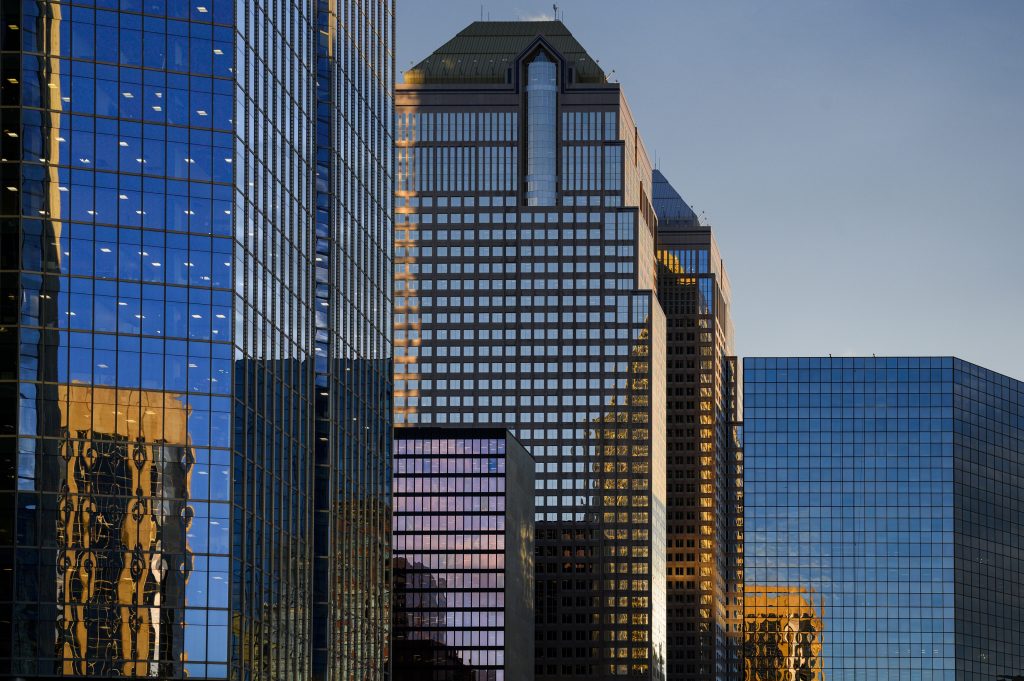
What goes inside the four walls does matters a lot today. When it comes to your comfort, economic aspects and the worth of your investment do not settle down for ordinary building materials when it comes to building perfectly healthy walls for your healthy buildings.
The Hollow clay blocks which are known as Porotherm Bricks are designed to provide better efficiency, durability, ease of use while constructing houses, office buildings, and other infrastructure facilities. These blocks of bricks are a host of many benefits which help in cost-effective wall construction. You can read more about Porotherm Smart Bricks here.
Read: We Compare The Benefits Of Porotherm Bricks With Traditional Materials
Healthy building refers to an emerging area of interest that supports the physical, psychological, and social health and well-being of people in buildings and the built environment. Buildings can be key promoters of health and well-being since most people spend most of their time indoors.
Curated by a building expert from Wienerberger India



